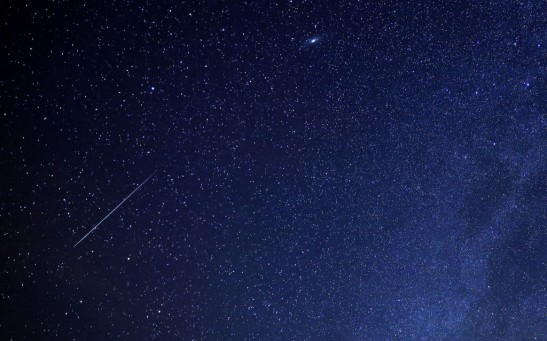Meteor Shower

Rare Double Meteor Shower of Delta Aquariids, Alpha Capricornids To Peak Simultaneously in the Night Sky; Here's How To Watch Them
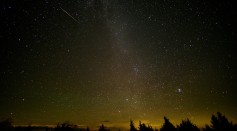
Eta Aquarids 2024: Halley's Comet Meteor Shower To Peak This Weekend; Here's How To Watch the Cosmic Light Show
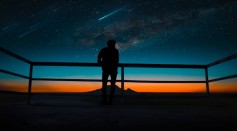
When's the Best Time to Watch the Lyrids Meteor Shower That Will Peak This Weekend?
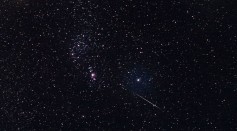
Origins of Geminid Meteor Shower: Unraveling Its Chaotic Birth 18,000 Years Ago
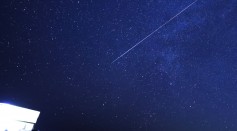
Quadrantid Meteor Shower 2024: Brief, Intense Showtime of Over 100 Shooting Stars Per Hour Awaits the Northern Skies
Near-Earth Comet Could Trigger Lambda-Sculptorids Meteor Shower
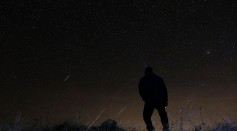
Geminid Meteor Shower 2023: Dazzling Celestial Spectacle Unfolds This Week, Showcasing 120 Shooting Stars Per Hour During Its Peak
Meteor Shower Forecast: Comet 46P/Wirtanen Will Light the Earth’s Skies Next Week
Swift Leonid Meteor Shower Graces the Night Sky, Peaking on Saturday with Bright Fireballs and Dark Crescent Moon Enhancing Visibility
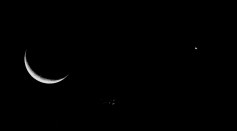
Celestial Highlights This Week: Watch Out For the Venus-Moon Conjunction, Meteor Shower, and More
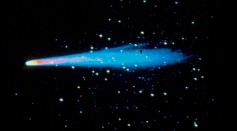
Halley's Comet Brings Orionid Meteor Shower This Weekend: Here's How To Watch This Stargazing Marvel

Orionid Meteor Shower Peak and More: Here's What To Look Expect in the Night Sky This Week

'Halloween Fireball' To Blaze Through Connecticut Sky This October; Here's When You Can Watch It
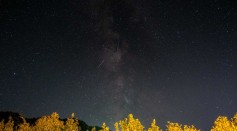
Orionid Meteor Shower Begins To Light Up the Sky as Halley's Comet Nears Solar System Return
Most Popular

How Technology Is Changing the Real Estate Industry?

AI Revolution in Medical Education: Transforming How Healthcare Professionals Learn

Zombie Star Set to Light Up Night Sky: Blaze Star Could Erupt Soon

Nikolay Karpenko Biography, Photo, Career, Accomplishments

